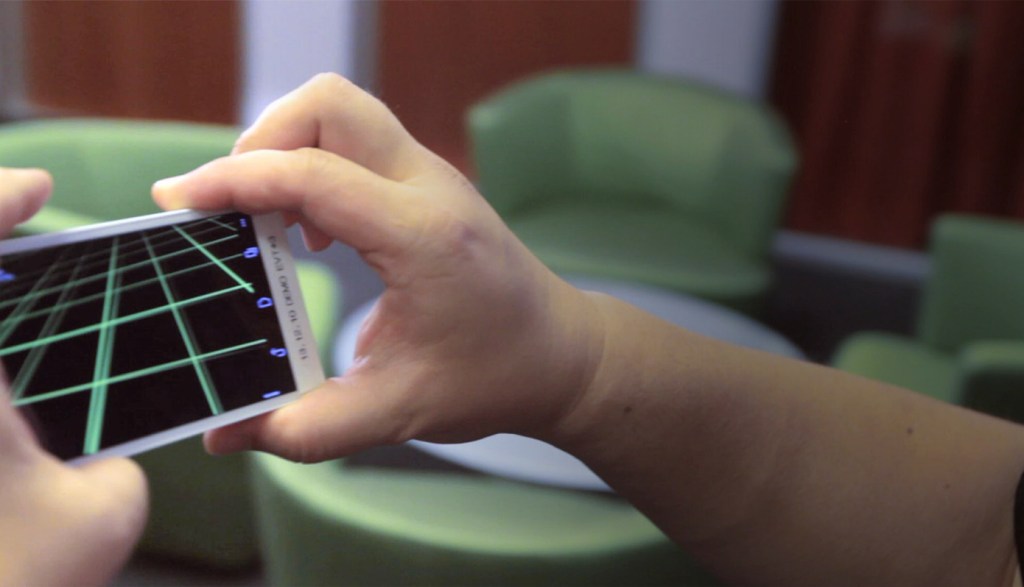Here are some notes from our class discussion today. Please post comments as to which projects you would be interested on working on and feel free to add in more information. We will determine project teams next week.

Idea 1: Alteration of Physical Spaces
Enable the rapid prototyping physical spaces, simulate visual impairments, and simulate different users (such as child height).
Idea 2: Virtual Experiences
Simulate virtual creatures such as from the film the Birds, virtual zombies, murder mysteries or to create the feeling of what it is like to be chased. Could also be for education, such as with the Magic School Bus. Finally, create the experiences seen in video games.
Idea 3: Create an Augmented Reality Visualization
Overlay virtual stats onto a virtual map. Visualize large amounts of data in 3D. Create immersive visualizations of music. Create a GPS based AR game.
About the projects
The idea for projects for the class is to generate a working prototype by the end of the semester. This means that the project need more be a proof of concept than a refined product. We will have weekly progress posts that will demonstrate each group and individuals efforts and progress. At this point is perfectly acceptable to aim high and scale back later.


 Interesting article on using CAVEs for 3D projections:
Interesting article on using CAVEs for 3D projections: